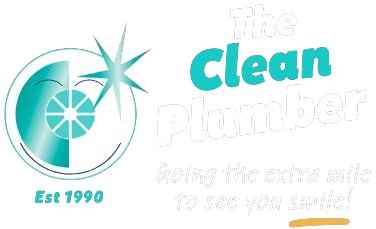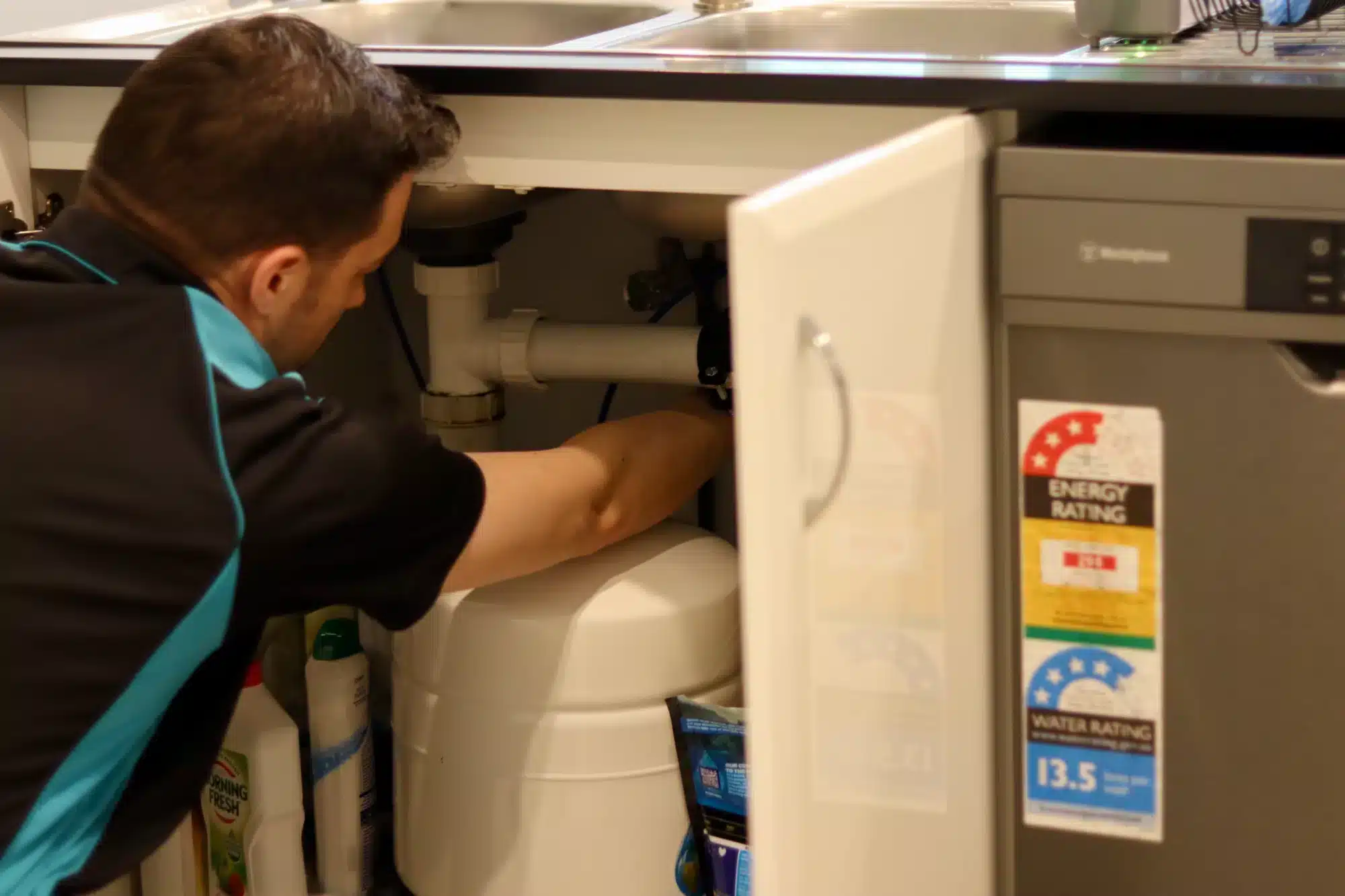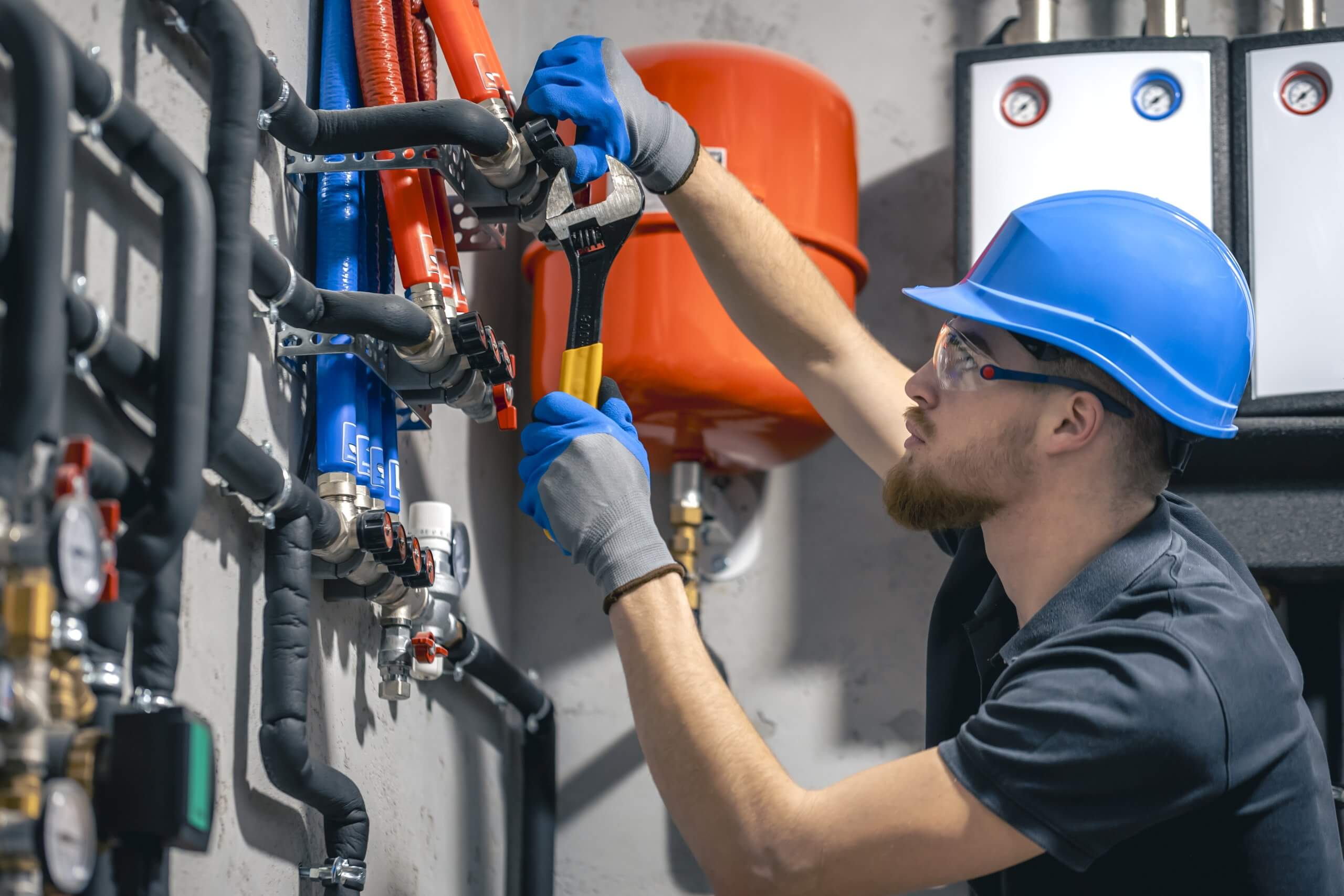When it comes to designing a bathroom that’s both visually stunning and made to withstand the test of time, selecting the right materials, including bathroom products, including bathroom flooring, is key. A well-planned bathroom design doesn’t just look good—it functions efficiently, resists damage from moisture and temperature fluctuations, and remains easy to maintain for years to come. Especially in Australia, where climatic conditions range from humid tropics to dry inland areas, choosing appropriate bathroom materials is critical to prevent premature wear, warping, or mould build-up.
Whether you’re planning a full-scale renovation or simply refreshing a tired space, this comprehensive guide explores the best materials to use in a new bathroom, providing ideas and an example of how Aussie bathrooms balance practicality with style for a timeless finish.
Why Choosing the Right Bathroom Materials Matters
Bathrooms are unlike any other area in the home. They’re exposed daily to heat, moisture, humidity, and harsh cleaning products. From steamy showers to splashing basins and wet floors, every surface in a bathroom is put to the test. That’s why choosing the right materials that can withstand heavy foot traffic is not just a design choice—it’s a structural necessity, so you don’t have to worry about premature wear .
Here’s an example of why careful material selection matters and draws inspiration from successful design :
Longevity in your projects : Durable materials reduce the need for frequent repairs or replacements.Hygiene: Mould and bacteria-resistant surfaces improve cleanliness and reduce health risks.Maintenance: The right materials simplify cleaning and reduce upkeep.
Aesthetic Appeal: Materials influence the overall look, feel, and ambience of the bath space.
Property Value: Quality finishes boost resale value and attract potential buyers or tenants.
From flooring and walls to vanities, fixtures, and accessories, every element, including cabinets, in your bathroom should work together to create a safe, cohesive, and inviting space.
Best Materials for Bathroom Walls in Australia
Bathroom walls need to resist constant exposure to steam, water, and condensation. They also set the tone for your space—whether you’re going for sleek and modern, coastal and calming, or luxurious and elegant.
1. Ceramic and Porcelain Tiles
Most common choice for bathroom walls and shower surrounds.
Water-resistant, durable, and available in a huge range of styles, including large tiles .
Glossy tiles reflect light and brighten small bathrooms, while matte tiles offer a more subtle look.
Ensure grout lines are sealed to prevent mould and water seepage.
2. Acrylic and PVC Wall Panels
A smart, low-maintenance alternative to tiles.
Lightweight and easy to install, often over existing surfaces.
Seamless finish reduces mould-prone grout lines.
A popular option for rental properties or cost-effective updates.
3. Waterproof Paint
Ideal for less wet areas like powder rooms or feature walls.
Must be applied over moisture-resistant substrates like fibre cement.
Anti-mould primers and water-resistant topcoats enhance performance.
4. Glass Splashbacks
Stylish, hygienic, and super easy to clean.
Customisable in colours, prints, or textures.
Great for behind basins or vanities where splashing is common.
Top Flooring Options for Aussie Bathrooms
Bathroom flooring materials must be extremely durable, offering safety, durability, and water resistance to prevent water issues with quality bathroom flooring —all while complementing your bathroom fittings and overall design. It’s also one of the most important areas when it comes to building code compliance and accident prevention.
1. Porcelain and Ceramic Tiles
Long-lasting and waterproof.
Textured, matte, or anti-slip finishes improve safety.
Suitable for both traditional and contemporary bathrooms.
Popular styles include terrazzo-look, marble-effect, or bold geometric patterns.
2. Vinyl Flooring (Sheets or Planks)
Cost-effective and fast to install.
Soft underfoot and warmer than tiles.
Water-resistant and available in a wide range of designs including timber and stone looks.
3. Natural Stone (Marble, Travertine, Granite)
Offers a high-end, timeless look.
Needs sealing to prevent staining and water damage.
Can be slippery when polished—consider honed or textured finishes.
4. Polished or Sealed Concrete
Sleek, industrial, and modern.
Highly durable and customisable with pigment or decorative scoring.
Requires sealing to remain water-resistant.
5. Hybrid or Timber-Look Flooring
Combines the charm of wood with the resilience of synthetic materials.
Resistant to moisture and won’t warp like traditional timber.
Suitable for both coastal and modern country interiors.
Best Materials for Vanities and Benchtops
Bathroom vanities face water spills, soap scum, and daily use. Whether wall-hung or freestanding, the right materials ensure longevity and style, especially in guest bathrooms .
1. Engineered Stone
Non-porous and low-maintenance.
Heat and scratch resistant.
Mimics marble and granite at a fraction of the cost.
2. Laminate
Budget-friendly and available in countless finishes.
Easy to wipe down but must be sealed properly to avoid water damage at the edges.
3. Solid Surface Materials (e.g., Corian)
Seamless, mould-resistant, and repairable.
Allows for integrated basins and curved edges.
Excellent for modern or minimalist bathrooms.
4. Natural Stone
Offers luxury and character.
Needs sealing and gentle cleaning products.
Ideal for statement vanities in designer bathrooms.
Shower Area Materials That Last
The shower is arguably the most used feature in any bathroom. Materials here must be 100% waterproof, easy to clean, and safe underfoot, while solid wood is often considered for aesthetic appeal .
1. Glazed Ceramic or Porcelain Tiles
Resistant to water and stains.
Opt for R10 or higher slip ratings for flooring.
Available in a vast range of shapes and colours for design flexibility.
2. Acrylic or Fibreglass Wall Liners
Low-cost and easy to install.
Seamless surface reduces mould risks.
Common in modular bathrooms or quick updates.
3. Mosaic Tiles
Ideal for feature walls or shower niches.
Smaller tiles create better grip underfoot.
More grout = more cleaning, so consider only for accent use.
4. Frameless Glass Shower Screens
Opens up the space and suits modern aesthetics.
Nano-coating technology makes cleaning easier.
Always choose toughened safety glass for peace of mind.
Ceiling and Lighting Materials
Bathrooms require materials that can tolerate high humidity and provide adequate lighting for grooming, relaxation, and safety.
1. Moisture-Resistant Plasterboard or Fibre Cement Sheeting
- Designed for wet zones.
- Won’t warp or deteriorate over time.
- Compliant with Australian building codes.
2. Anti-Mould Paint
- Protects against fungal growth and stains.
- Satin or low-sheen finishes work well for ceilings.
- Ventilation is still crucial to reduce condensation.
3. Waterproof and IP-Rated Light Fixtures
- IP44 or higher for showers and wet areas.
- Recessed LEDs are energy-efficient and subtle.
- Layer your lighting: include task, ambient, and accent options.
Tapware, Fixtures, and Fittings
Choosing the right materials for taps, shower walls showerheads, and accessories not only enhances the look but ensures resistance to rust, corrosion, and mold.
1. Brass (with Chrome, Matte Black, or Brushed Nickel Finishes)
- Durable and available in various trendy finishes.
- Long-lasting and corrosion-resistant.
- Matte black is especially popular in modern Aussie bathrooms.
2. Stainless Steel
- Particularly ideal for coastal homes.
- Rustproof and incredibly hard-wearing.
- Sleek and pairs well with industrial or minimalist designs.
3. PVD-Coated Finishes
- Ultra-tough coating that resists tarnishing and scratches.
- Preserves the look of tapware over time.
- Often found in premium brands.
Tip: Always choose WELS-rated fittings to improve water efficiency and reduce bills.
Eco-Friendly and Sustainable Bathroom Materials
More Aussies are seeking eco-conscious bathroom products that reduce environmental impact without sacrificing performance or beauty.
1. Recycled Tiles and Materials
- Use recycled glass or ceramics for splashbacks and feature walls.
- Diverts waste from landfill while adding a unique design element.
2. FSC-Certified Timber
- Guarantees responsible forest management.
- Great for vanities, cabinets, or shelving.
3. Water-Efficient Fixtures
- Low-flow taps and dual-flush toilets save litres per day.
- Look for the WELS label for reliable ratings.
4. Low-VOC Paints and Sealants
- Improves indoor air quality.
- Safer for kids, allergy sufferers, and the environment.
Tips for Balancing Style and Function
Creating a space that looks great but also performs well during the renovation process is the ultimate goal. Here are a few tips to keep your renovation grounded in reality:
- Choose a neutral colour palette and introduce trends through towels or decor.
- Don’t fall for fads—materials that are hard to clean or easily dated should be avoided.
- Match materials to your home’s architecture for cohesive design.
- Opt for wall-hung vanities and clever storage to reduce clutter and improve airflow.
Materials to Avoid in Bathrooms
Even the most beautiful material can become a nightmare in the wrong setting. Steer clear of the following:
- Untreated Timber – Swells, warps, and rots with moisture.
- Carpet – Retains moisture and breeds mould.
- Regular Plasterboard – Disintegrates in wet environments.
- Unsealed Natural Stone – Prone to staining and etching.
Frequently Asked Questions (FAQs)
What’s the best flooring for bathrooms in Australia?
Porcelain tiles remain the most durable, waterproof, and stylish option. Vinyl planks and hybrid flooring are also growing in popularity for their warmth and comfort.
What should I use for bathroom walls besides tiles?
Acrylic panels, waterproof paint, or glass splashbacks are great tile alternatives for bathroom accessories —especially for quick renos or rentals.
Can I renovate a bathroom for under $5,000?
Yes—by DIYing and choosing budget-friendly materials like vinyl, laminate, or acrylic panels, you can refresh your bathroom affordably.
What is the best material for bathroom benchtops?
Engineered stone offers the best combination of durability, style, and affordability, with minimal maintenance required.
What are the five main bathroom fixtures?
Toilet, basin, vanity, shower, and (optional) bathtub.
Conclusion
When home builders are designing or updating a bathroom, every material choice matters—from bathroom flooring, wall panels, and vanities to lighting and fixtures. With Australia’s diverse climate and coastal influences, prioritising water resistance, durability, and safety is essential.
Opting for high-quality materials that suit your home’s style will not only create a more comfortable, functional space—it’ll also boost your property’s value and make everyday life a little more luxurious. Whether you’re building a serene spa-inspired retreat or a robust family-friendly bathroom, all your needs can be met under one roof, starting with smart material selection.
Remember: In an Aussie bathroom, it’s not just about looks—it’s about longevity.






